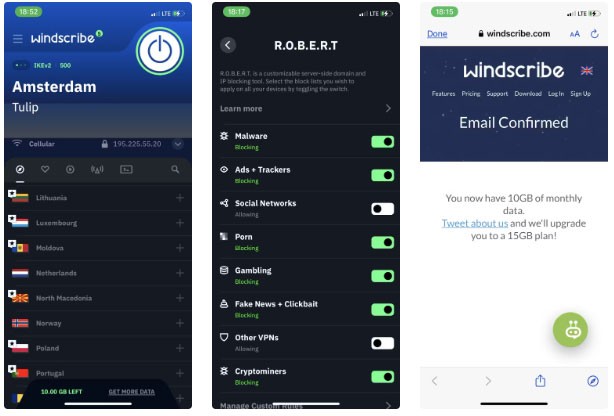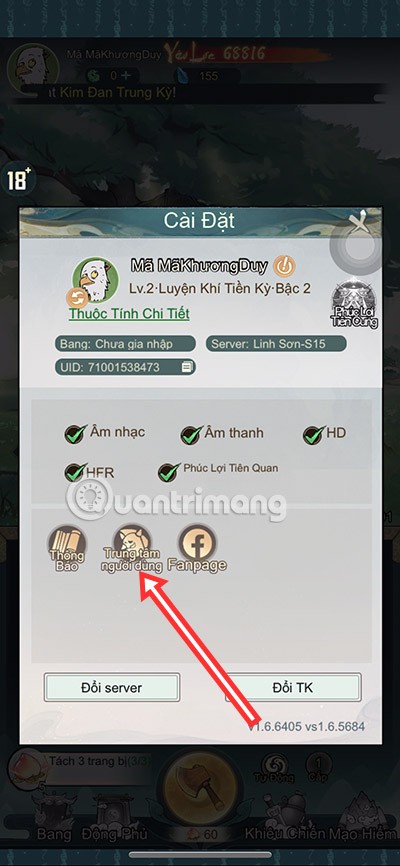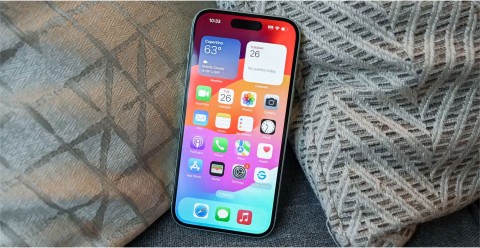Is Your Android Phone Being Hacked?

Your Android phone becomes slow, often shows pop up ads, freezes... it is very likely that it has been hacked. Check the phone status immediately with the following methods...
In the current era of the Internet of Things (IoT), every electronic device that supports internet connection is at risk of being hacked/infected with viruses. Mobile phones are of course no exception.
Smartphones can be considered an indispensable item for many people. Not only is it a means of entertainment and work. The phone is sometimes also a place to store personal information and important data of each person. So what to do when the phone is hacked or infected with malware ? Below are some issues you need to pay attention to.

How to know if your smartphone has been hacked or contains malware?
Basically, signs that your phone has been hacked or is being tampered with by malicious elements from outside include:
Note: Phone hacks often result in online accounts stored on the device being affected as well. So if you notice that your phone may have been hacked, immediately take steps to ensure you have control over all online accounts on the device such as Facebook, Gmail, and many other applications.
Reasons why phones get hacked
Your phone can be hacked for a variety of reasons, not always within your control:
Regardless of the actual cause, smartphone hacks often lead to similar consequences: Malicious actors will try to steal data on the device for their own gain in some way, using your phone as a tool to carry out various malicious acts.
How to deal with hacked/virus infected Android phone
You can “clean” your phone and identify malicious attacks by using the following measures:
1. First, enable Safe Mode on your Android . Once this feature is enabled, remove any newly installed or unrecognized apps from your Android (try to look for hidden apps as well). Uninstalling unrecognized or recently installed apps can help remove any potential malware you may have accidentally installed through these apps.
(Why should you enable Android Safe Mode before deleting apps? In this mode, Android will disable all third-party apps running on the system. This will also essentially prevent unnecessary background apps from launching, making it easy for you to delete unwanted apps from your phone without any errors).
2. Install and launch antivirus software for Android . These apps will scan your phone for malicious files and apps and delete them permanently.
3. If you have rooted your Android phone , it means that areas of the system that are normally protected by security privileges have also been opened, making the system more vulnerable to attacks. To solve this, you will need to use one of the root apps like SuperSU to unroot the device and return it to its original security state.
3. Reset your Android lock screen and system PIN. This will ensure that if a hacker gains access to your login information and attacks your phone that way, they won't be able to access it again after you restart your device. You can also lock apps using the screen pinning feature for an extra level of security.
4. Reset your account password. You may need to reset your login information for important online accounts on the system such as Facebook, Gmail, Office365… To ensure security.
At first glance, AirPods look just like any other true wireless earbuds. But that all changed when a few little-known features were discovered.
In this article, we will guide you how to regain access to your hard drive when it fails. Let's follow along!
Dental floss is a common tool for cleaning teeth, however, not everyone knows how to use it properly. Below are instructions on how to use dental floss to clean teeth effectively.
Building muscle takes time and the right training, but its something anyone can do. Heres how to build muscle, according to experts.
In addition to regular exercise and not smoking, diet is one of the best ways to protect your heart. Here are the best diets for heart health.
The third trimester is often the most difficult time to sleep during pregnancy. Here are some ways to treat insomnia in the third trimester.
There are many ways to lose weight without changing anything in your diet. Here are some scientifically proven automatic weight loss or calorie-burning methods that anyone can use.
Apple has introduced iOS 26 – a major update with a brand new frosted glass design, smarter experiences, and improvements to familiar apps.
Yoga can provide many health benefits, including better sleep. Because yoga can be relaxing and restorative, its a great way to beat insomnia after a busy day.
The flower of the other shore is a unique flower, carrying many unique meanings. So what is the flower of the other shore, is the flower of the other shore real, what is the meaning and legend of the flower of the other shore?
Craving for snacks but afraid of gaining weight? Dont worry, lets explore together many types of weight loss snacks that are high in fiber, low in calories without making you try to starve yourself.
Prioritizing a consistent sleep schedule and evening routine can help improve the quality of your sleep. Heres what you need to know to stop tossing and turning at night.
Adding a printer to Windows 10 is simple, although the process for wired devices will be different than for wireless devices.
Diet is important to our health. Yet most of our meals are lacking in these six important nutrients.
You want to have a beautiful, shiny, healthy nail quickly. The simple tips for beautiful nails below will be useful for you.














